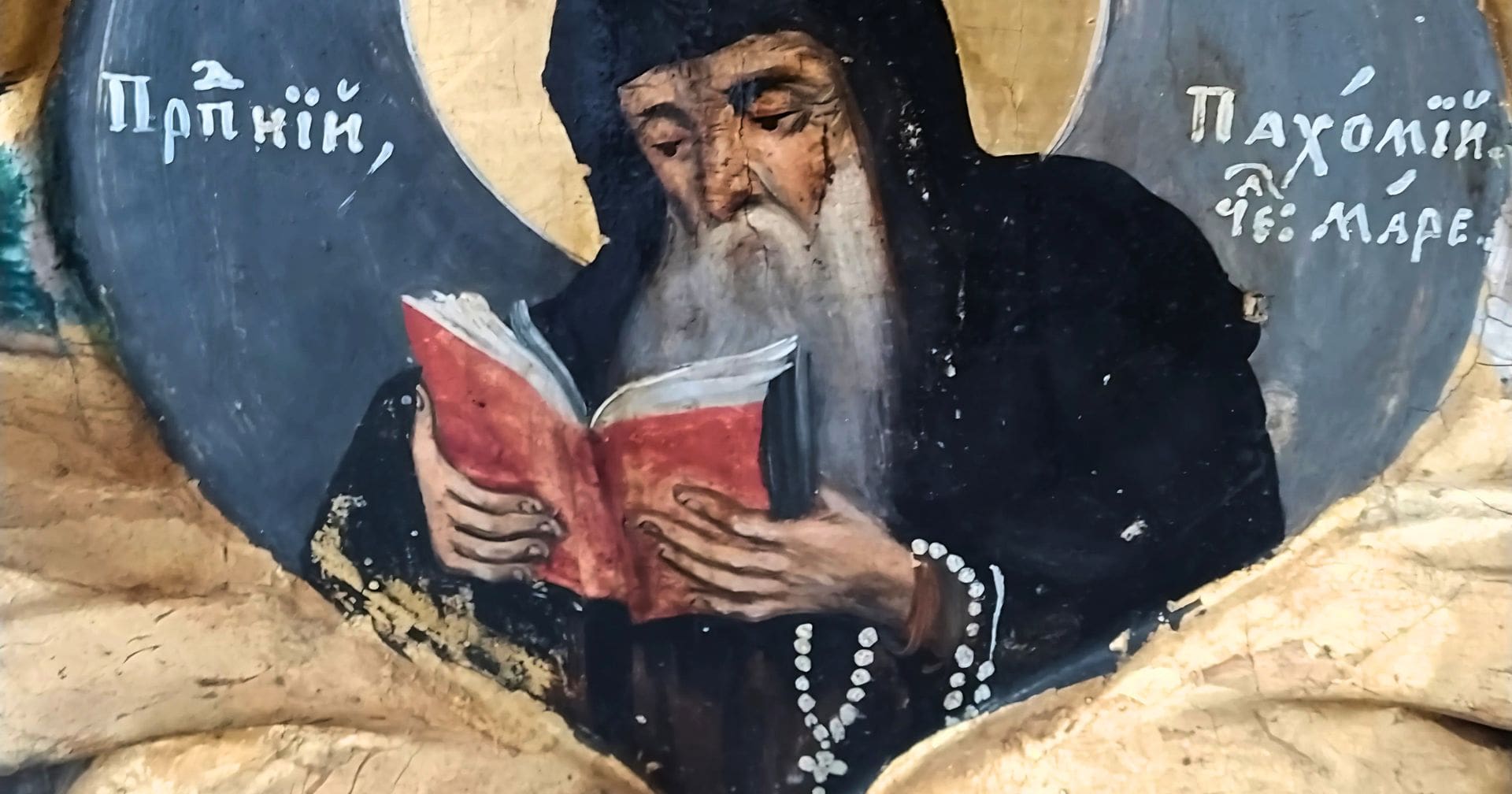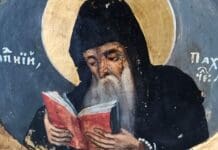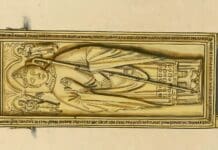What did daily life look like for the earliest Catholic monks?
Picture Egypt around the year 318 AD: Saint Pachomius the Great, a former Roman soldier-turned-hermit, established one of Christianity’s first monasteries for monks near the Nile river.
Pachomius founded what’s known as cenobitic monasticism, where monks lived, prayed and worked together in a community. Before him, monastic life was mostly solitary, with monks living isolated in caves or huts as hermits.
How exactly did Pachomius’ monks live? Surprisingly, their ancient rule has some lessons we can still try today!
Their daily routine balanced prayer and manual work. Each day revolved around communal prayers known as synaxis, alongside quiet devotional reading. Monks maintained silence during communal meals, reflecting deeply on Scripture. Each monk received identical food and clothing, ensuring humility and simplicity.
Remarkably, Pachomius allowed monks flexibility: those preferring solitude could skip communal meals, opting instead for just bread, salt and water privately in their cells.
He even allowed monks to manage their fasting schedules, adapting spiritual rigor to their own personal strengths.
Pachomius encouraged his monks to pray often, arms outstretched like a cross, reminiscent of Christ’s sacrifice. His Rule emphasized charity, humility and disciplined spiritual growth—guidelines later influencing St. Benedict’s famous Rule in Western monasticism.
So, want to try ancient monastic practices today?
Try incorporating brief periods of silence and simple prayer into your daily routine—experiencing a bit of that peace with God first discovered by Catholic monks nearly two millennia ago!
Saint Pachomius, pray for us! 🙏
Photo credit: Mihai Andrei via Wikimedia Commons



















